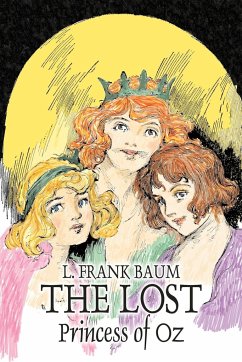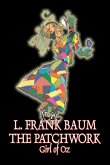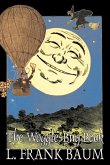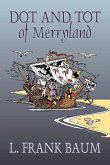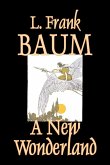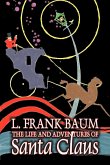Cayke the Cookie Cook has lost the Diamond Dishpan! And Toto has lost his growl! But the Magical Kingdom of Oz suffers a more staggering loss: for Ozma is gone. Dorothy rushes to the Magic Picture, to learn where Oz's beloved leader might be. But the Magic Picture -- gone, too! Along with Betsy Bobbin, Trot, the Patchwork Girl, and no less than the great Wizard himself, Dorothy sets out on the most important journey in her life -- to restore Ozma to her throne. The Lost Princess of Oz is the eleventh canonical Oz book written by L. Frank Baum. Published on June 5, 1917, it begins with the disappearance of Princess Ozma, the ruler of Oz and covers Dorothy and the Wizard's efforts to find her.

